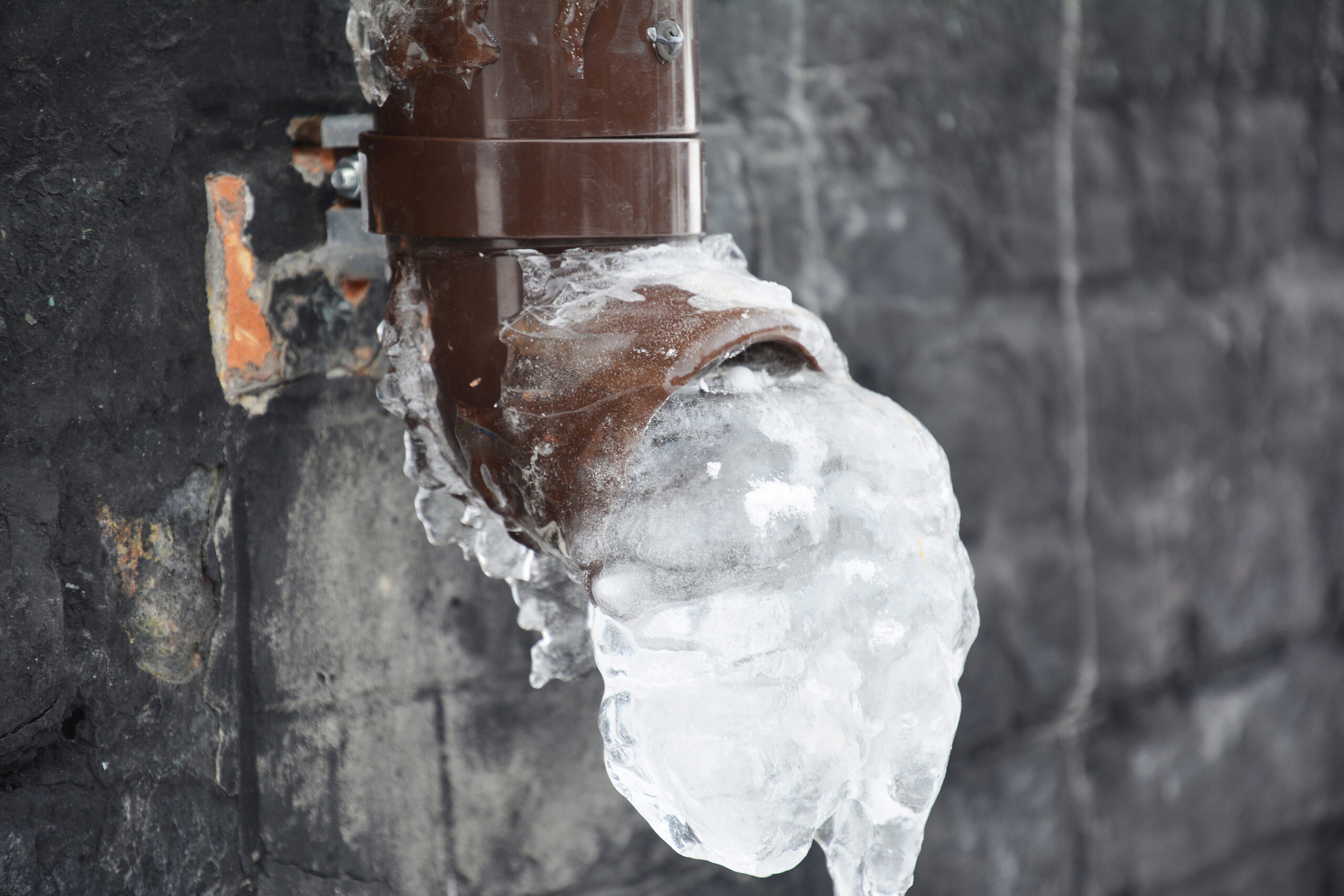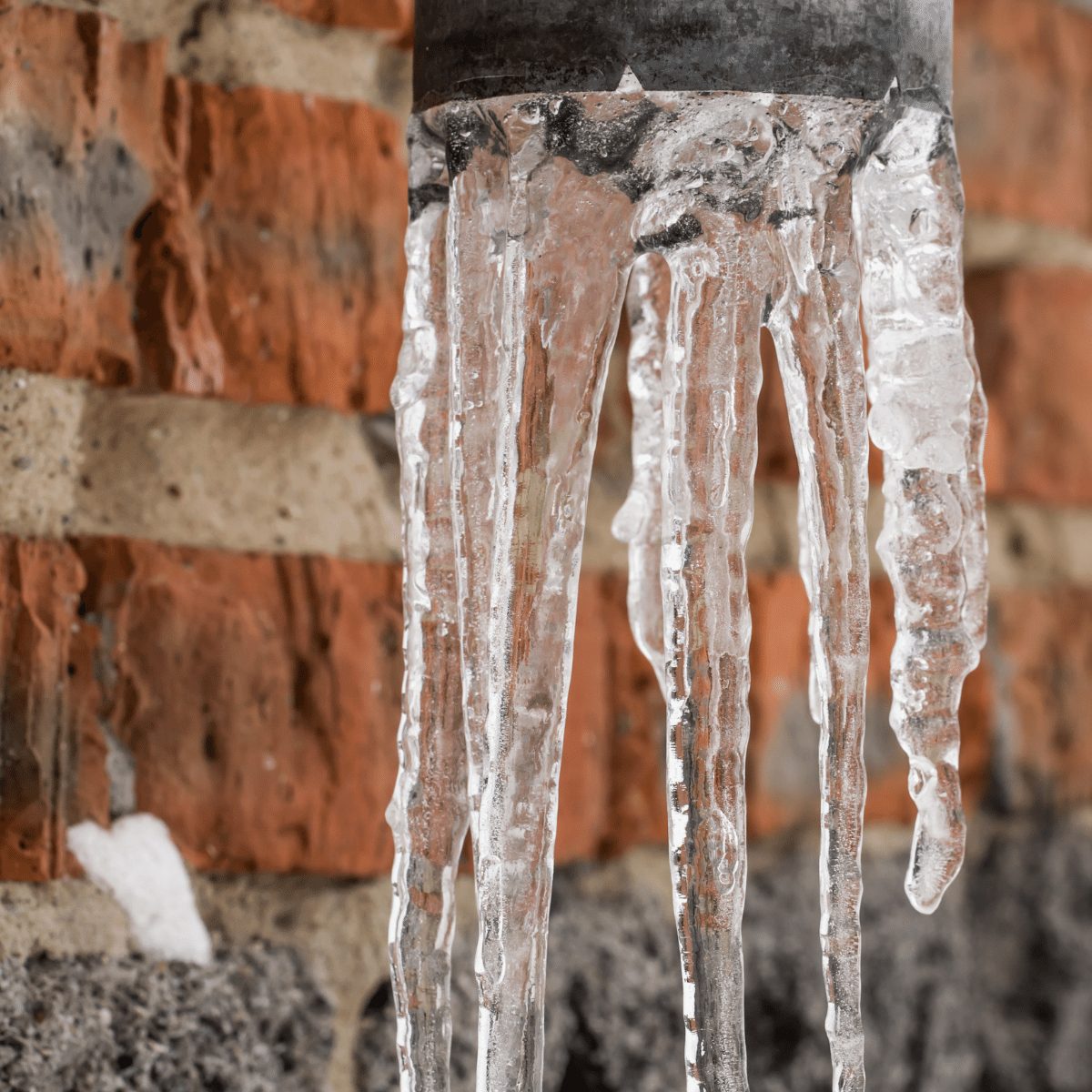Avoiding Your Pipes from Freezing: Best Tips
Click HereWhat are your opinions about How to prepare your home plumbing for winter weather?

Winter can damage your plumbing, particularly by freezing pipes. Below's exactly how to prevent it from occurring and what to do if it does.
Intro
As temperatures drop, the danger of icy pipes boosts, potentially bring about pricey repairs and water damage. Understanding exactly how to avoid icy pipes is important for home owners in cold climates.
Avoidance Tips
Insulating prone pipelines
Wrap pipelines in insulation sleeves or utilize heat tape to protect them from freezing temperature levels. Concentrate on pipelines in unheated or exterior locations of the home.
Heating techniques
Maintain interior areas effectively heated up, specifically areas with plumbing. Open cabinet doors to enable warm air to circulate around pipes under sinks.
Exactly how to determine icy pipes
Search for reduced water flow from taps, uncommon smells or sounds from pipelines, and noticeable frost on revealed pipelines.
Long-Term Solutions
Architectural adjustments
Consider rerouting pipelines far from outside wall surfaces or unheated areas. Add additional insulation to attics, cellars, and crawl spaces.
Upgrading insulation
Buy high-quality insulation for pipelines, attics, and walls. Appropriate insulation assists preserve constant temperature levels and decreases the threat of frozen pipes.
Safeguarding Outside Plumbing
Yard tubes and exterior taps
Disconnect and drain pipes yard hoses prior to winter months. Install frost-proof spigots or cover outdoor faucets with shielded caps.
Recognizing Frozen Pipes
What triggers pipes to ice up?
Pipes ice up when revealed to temperature levels below 32 ° F (0 ° C) for prolonged periods. As water inside the pipelines freezes, it expands, taxing the pipeline wall surfaces and potentially causing them to rupture.
Risks and damages
Icy pipes can bring about water system disruptions, building damage, and pricey repairs. Ruptured pipelines can flood homes and cause considerable structural damages.
Indicators of Frozen Water Lines
Recognizing icy pipelines early can stop them from rupturing.
What to Do If Your Pipes Freeze
Immediate actions to take
If you think frozen pipelines, keep taps open to ease stress as the ice thaws. Use a hairdryer or towels soaked in warm water to thaw pipes gradually.
Verdict
Preventing frozen pipelines calls for aggressive steps and quick responses. By comprehending the causes, signs, and safety nets, property owners can protect their plumbing during winter.
6 Proven Ways to Prevent Frozen Pipes and Protect Your Home
Disconnect and Drain Garden Hoses
Before winter arrives, start by disconnecting your garden hoses and draining any remaining water. Close the shut-off valves that supply outdoor hose bibs and leave the outdoor faucet open to allow any residual water to drain. For extra protection, consider using faucet covers throughout the colder months. It’s also important to drain water from any sprinkler supply lines following the manufacturer’s directions.
Insulate Exposed Pipes
Insulating your pipes is an effective way to prevent freezing. Pipe insulation is readily available at home improvement stores and is relatively inexpensive. Pay close attention to pipes in unheated areas such as the attic, basement, crawl spaces, or garage. Apply foam insulation generously to create a buffer against the cold. You can also wrap your pipes in heat tape or thermostat-controlled heat cables for added warmth.
Seal Air Leaks
Inspect your home for any cracks or openings that could let in cold air. Seal any holes around the piping in interior or exterior walls, as well as the sill plates where your home rests on its foundation. Additionally, make sure to keep your garage door closed unless you’re entering or exiting. Leaving it open creates a significant air leak that can lead to frozen pipes.
Allow Warm Air Circulation
During cold snaps, it’s essential to allow warm air to circulate evenly throughout your home. Leave interior doors ajar to promote better airflow. Open kitchen and bathroom cabinets to help distribute heat consistently around the rooms. If you have small children or pets, be sure to remove any household chemicals or potentially harmful cleaners from open cabinets for safety.
Let Faucets Drip
A small trickle of water can make a big difference in preventing ice formation inside your pipes. When temperatures drop significantly, start a drip of water from all faucets served by exposed pipes. This continuous flow helps prevent the water from freezing. Additionally, running a few faucets slightly can relieve pressure inside the pipes, reducing the chances of a rupture if the water inside does freeze.
https://choateshvac.com/6-proven-ways-to-prevent-frozen-pipes-and-protect-your-home/

I am just very eager about Preventing and dealing with frozen pipes and I am hoping you enjoyed the new blog posting. Loved our write up? Please share it. Let someone else locate it. Thanks so much for going through it.
Click